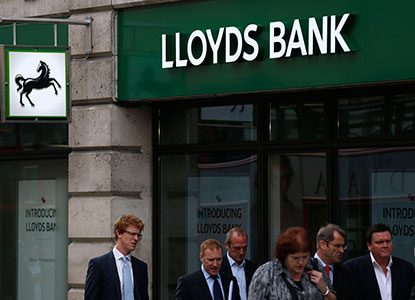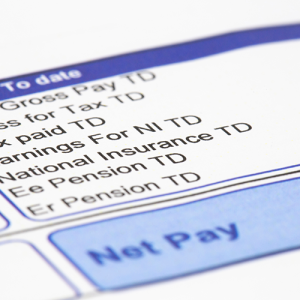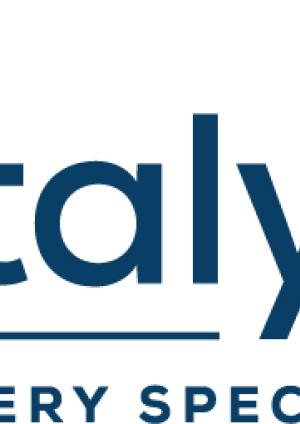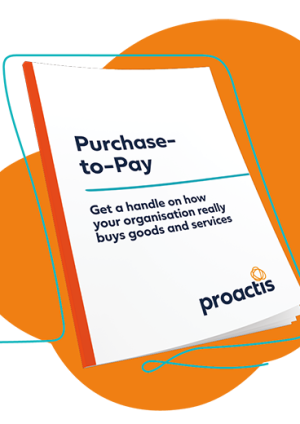By Richard Johnstone | 18 December 2013
The £3.2bn privatisation of part of the government’s stake in Lloyds Banking Group in September was value for money, the National Audit Office has said today, even though taxpayers lost £230m as a result of the bailout.

Examining the selloff of 15% of the state-owned shares, the NAO praised UK Financial Investments, which manages the Treasury’s investment in the part-nationalised banks, for thoroughly reviewing the available options.
UKFI’s decision to sell only to institutional investors like pension funds allowed the sale to happen quickly once the decision had been made, The first sale of shares in Lloyds Banking Group report stated. Taking account of market conditions, as well as the fact this was the first of a number of planned of sales, this decision also minimised risk.
Although there was a 3% discount on the market price when the 4.3 billion of shares were sold at 75p each, auditors concluded that pricing the shares higher would have meant selling more to institutions seen as shorter-term investors. If they had then sold their holdings quickly after privatisation, the value of the remaining government stake could have reduced, but the watchdog highlighted the market price had been steady following the sale.
The shares were sold at a higher price than the average purchase price of 72.2p in the 2008 financial crisis, meaning there was a gain in cash terms of just under £120m. However, once the cost of the borrowing required to buy the stake was taken into account, the transaction cost taxpayers £230m. This should be seen as the cost of securing stability during the financial crisis rather than any reflection on the sale process, the NAO concluded.
Auditor general Amyas Morse said the programme of sales of the taxpayers’ holdings of bank shares – which will eventually include 81% of the Royal Bank of Scotland – had got off to a good start. Taxpayers still own one-third of all Lloyds shares.
‘Sale options were reviewed thoroughly and UKFI looks to have got its timing right. The sale took place when the shares were trading close to a 12-month high and at the upper end of estimates for the fair value of the business,’ Morse said.
‘Furthermore, the share price in trading after the sale has remained steady.’




















